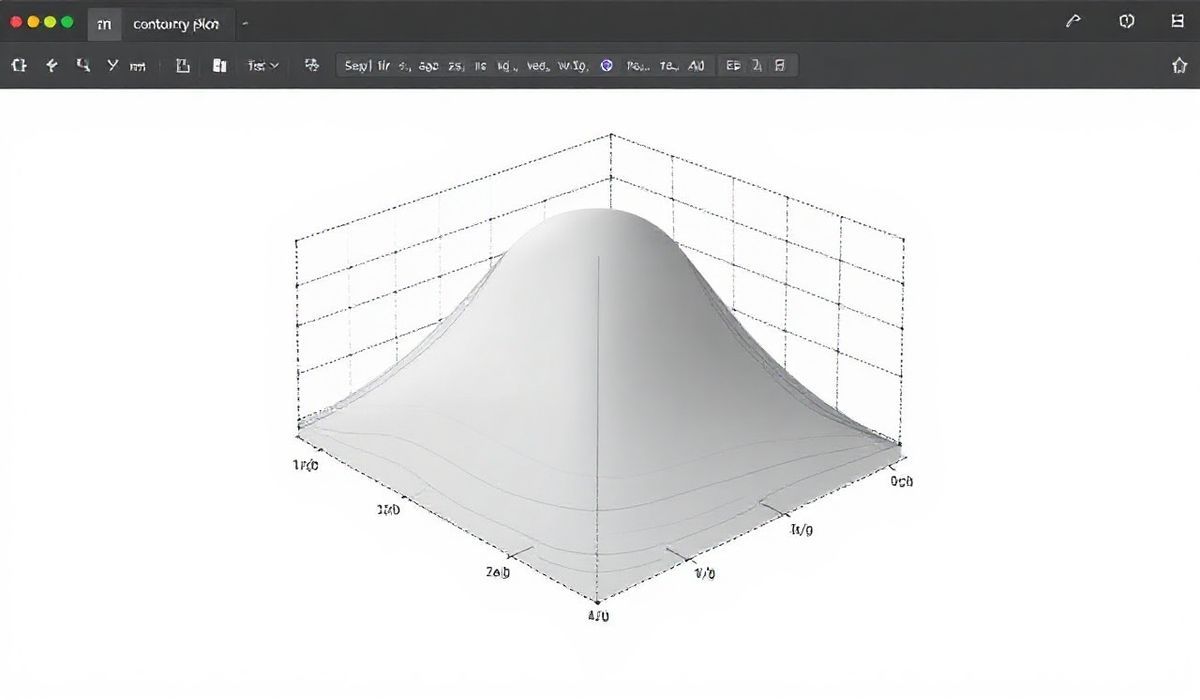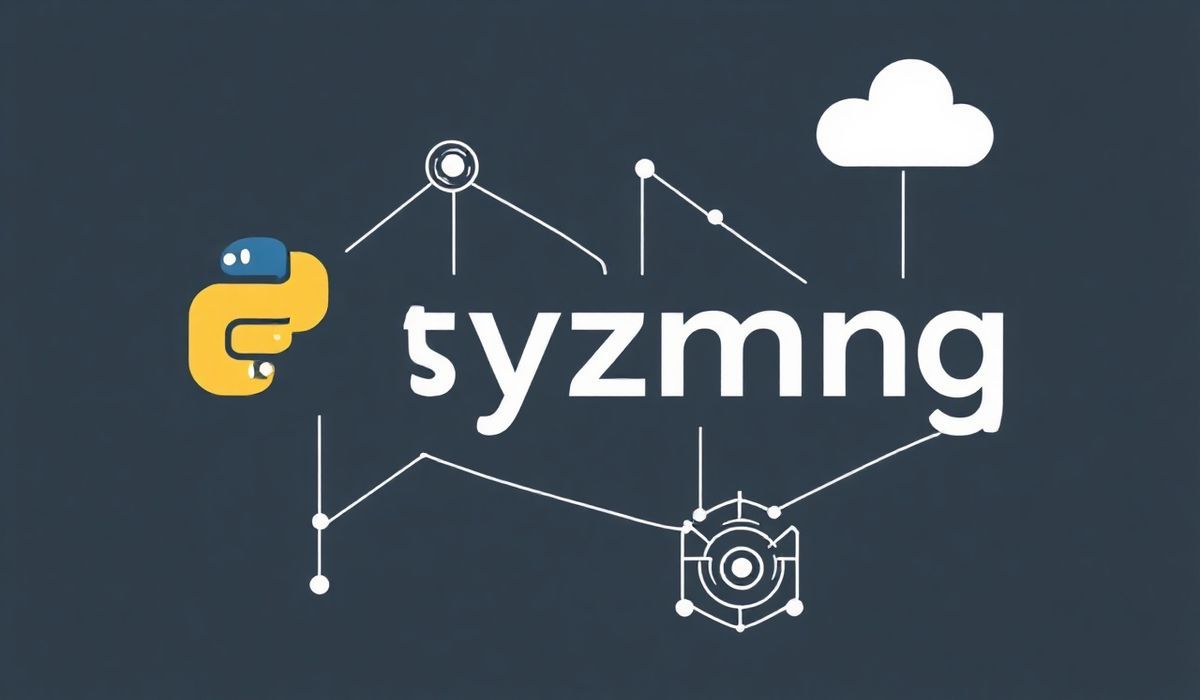Welcome to Contourpy – A Comprehensive Guide
Contourpy is a Python library specifically designed for efficient and flexible creation of contour plots in 2D. It provides high-performance algorithms and APIs for generating contour lines, which are widely used in scientific visualization, geographic mapping, and data analysis. Built to integrate easily with popular data visualization libraries, Contourpy offers flexibility, precision, and speed for enhanced visual storytelling.
Core Features and APIs of Contourpy
Below are some of the key features and available APIs in Contourpy, alongside practical examples:
1. contour_generator
This is the central function in Contourpy, used to generate contour objects based on data input.
from contourpy import contour_generator
# Create a Contour Generator
x = [1, 2, 3, 4]
y = [1, 2, 3, 4]
z = [
[0.1, 0.2, 0.3, 0.4],
[0.5, 0.6, 0.7, 0.8],
[0.9, 1.0, 1.1, 1.2],
[1.3, 1.4, 1.5, 1.6]
]
generator = contour_generator(x, y, z)
# Generate a single contour line
contours = generator.contour(0.5)
print(contours)
2. filled_contour
Creates filled contour plots by generating areas between contour levels.
# Filled contour
filled_contours = generator.filled_contour([0.5, 1.0])
for filled_contour in filled_contours:
print(filled_contour)
3. lines
Generates the vertices for each contour line at a given level.
level = 0.7
lines = generator.lines(level)
for line in lines:
print(line)
4. multi_threaded_support
Contourpy supports multithreaded processing to speed up complex visualizations, especially for large datasets.
5. Different Algorithm Support
Contourpy provides support for multiple algorithms, such as:
- Serial algorithm
- Threaded algorithm
- QuadEdge algorithm
Integrating Contourpy to Build an Application
Below is an example use case to create a Matplotlib-based application using Contourpy for rendering a dynamic contour plot.
import numpy as np
import matplotlib.pyplot as plt
from contourpy import contour_generator
# Generate data
x = np.linspace(0, 1, 10)
y = np.linspace(0, 1, 10)
X, Y = np.meshgrid(x, y)
Z = np.sin(2 * np.pi * X) * np.sin(2 * np.pi * Y)
# Initialize contour generator
generator = contour_generator(x, y, Z)
# Create contour
contours = generator.contour(0.5)
# Plot using Matplotlib
plt.figure()
for contour in contours:
plt.plot(contour[:, 0], contour[:, 1], label='Contour Level 0.5')
plt.title('Contour Plot with Contourpy')
plt.legend()
plt.show()
In this example, the application visualizes the sinusoidal variations across a defined grid using Contourpy and Matplotlib jointly, which makes for a cohesive data visualization stack.
Conclusion
Contourpy is a robust library that unlocks advanced capabilities in creating 2D contour plots. Whether you are working with small datasets or large-scale visualizations, Contourpy provides the efficiency and flexibility to meet your needs. Pair it with visualization libraries like Matplotlib or Plotly for stunning results!




